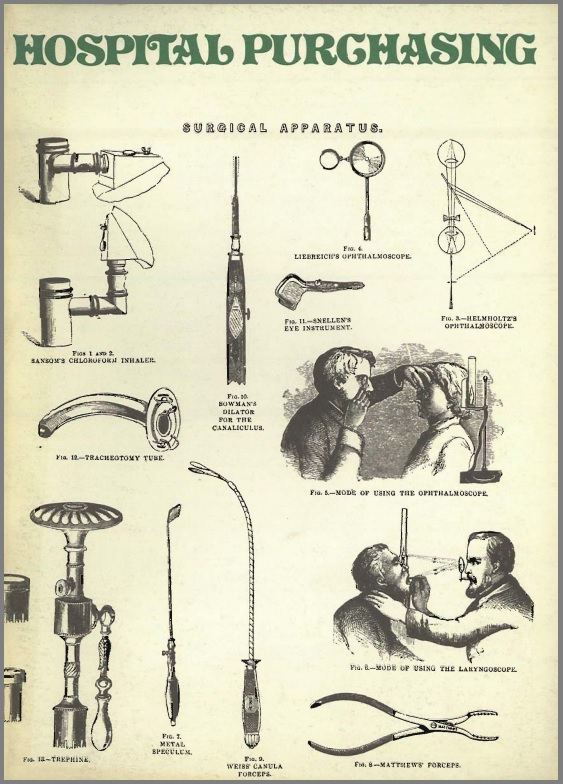Out of £868 minion spent on the revenue account of the hospital service in England and Wales in 1970, £242 million, or a little over one…
Out of £868 minion spent on the revenue account of the hospital service in England and Wales in 1970, £242 million, or a little over one quarter, was spent on supplies of goods and equipment. Table 1 shows the breakdown of spending by…
Out of £868 minion spent on the revenue account of the hospital service in England and Wales in 1970, £242 million, or a little over one quarter, was spent on supplies of goods and equipment. Table 1 shows the breakdown of spending by the nine broad categories which have been used for accounting under the National Health Service. These are the only comprehensive data available at the national level, though they are unable to reflect the diversity of medical and non-medical goods purchased, from boiler fuel to pharmaceuticals and from food to surgical instruments. Nor do they give any impression of the range of needs which have to be satisfied from floor cleaning and bed making to the most sophisticated and expensive of clinical activities.
The 1946 National Health Service Act vested purchasing powers for all types of goods in the 376 Hospital Management Committees and 36 Boards of Governors. However, the functions of supply have changed significantly in twenty years and it has become increasingly apparent that the original administrative framework is unsuited to their execution. The major problems of mismatch between supply processes and their mode of organisation have inevitably become explicit with the critical analysis involved in attempts to define the optimal level for purchasing goods. It is to be expected that the level which makes best use of economies of scale will vary from product to product and this problem does not admit to easy solution itself, but it has as its corollary an even more intractable problem of actually getting decision taking onto that optimal level while the Hospital Management Committees and Boards of Governors still retain the powers vested in them under the NHS Act. Attempts to reorganise hospital purchasing since the 1950s have revolved around these two interrelated problems.
